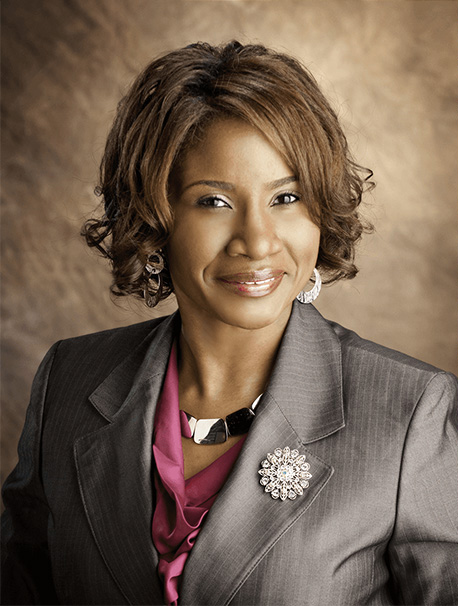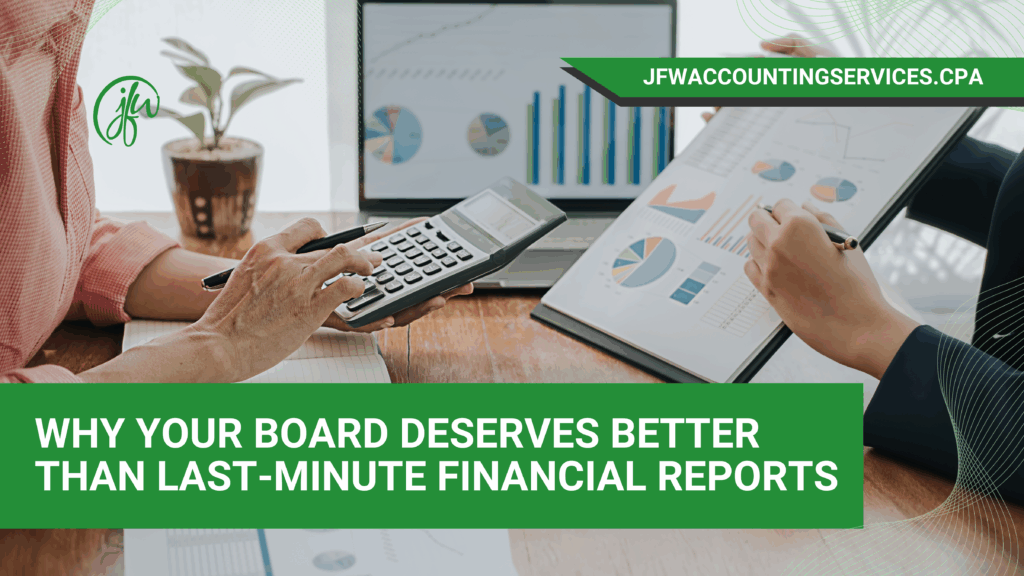The board packet arrives, and members open it to find dense financial statements with little time to digest them. Or the finance report comes in at the last minute, leaving directors scrambling to understand variances during the meeting itself. In some cases, the reports don’t make it into the packet at all, and the treasurer presents numbers verbally, promising to send documentation later.
This pattern repeats month after month. Board members receive financial information without adequate time for meaningful review, leaving them unable to ask informed questions or provide substantive oversight. The result? Missed opportunities, surface-level discussions, and a board that can’t fulfill its fiduciary responsibility.
The Real Cost of Reactive Reporting
When financial reports arrive at the last minute, the damage extends beyond one awkward board meeting. Board members lose confidence in the organization’s financial management. According to the National Council of Nonprofits, nonprofit boards need up-to-date financial information to make informed decisions, but many board members arrive without deep familiarity with financial concepts and reports.
Last-minute reporting creates four key problems:
- Incomplete Analysis: Board members can’t spot trends, identify concerns, or ask substantive questions when they receive reports with no time to digest them. They’re reduced to nodding along rather than providing oversight.
- Missed Funding Opportunities: Grant applications require accurate financial data. When your internal reporting is consistently behind schedule, you’re either scrambling to pull numbers for funders or missing deadlines entirely. Inaccurate or delayed data can reflect poorly on your organization’s ability to manage resources.
- Damaged Credibility: Funders, auditors, and other stakeholders notice when financial information is consistently late or incomplete. Organizations that struggle with timely board reporting often face similar challenges when preparing for audits.
- Strategic Blind Spots: Decisions about programs, staffing, and partnerships require financial context. When the board lacks current data, strategic conversations happen in a vacuum.
What Boards Actually Need
Board members aren’t asking for complicated dashboards or 40-page reports. They need clear, concise, accurate information delivered with enough lead time to review it properly. According to BoardSource, the national leader in nonprofit board governance, boards require appropriate financial reports made available on a timely basis—information that provides sufficient detail about the financial picture while remaining accessible to members with varying levels of financial expertise.
Effective board reporting includes:
Consistent Timing: Reports arrive at the same time each month, at least a week before meetings. Board members know when to expect them and can plan their review time.
Comparative Context: Current month data appears alongside budget projections and prior year figures. This context helps board members understand whether variances are concerning or expected.
Clear Narrative: Numbers alone don’t tell the story. Brief explanations accompany significant variances, helping board members understand what’s driving financial performance.
Forward-Looking Information: Cash flow projections and year-end forecasts help boards anticipate challenges and opportunities rather than simply reviewing history.
Building a Proactive Reporting Structure
Moving from reactive to proactive reporting requires establishing disciplined structures and reliable systems. Organizations that consistently deliver quality board reports share five characteristics:
- They Close Their Books on Schedule: Month-end close processes follow documented procedures with clear deadlines. This isn’t about working faster—it’s about having predictable workflows that everyone understands and follows.
- They Use Accounting Systems Built for Nonprofits: Generic accounting software wasn’t designed for fund accounting, grant tracking, or nonprofit financial statements. Organizations using systems like Sage Intacct built for the nonprofit sector find reporting significantly easier and more accurate.
- They Establish Reporting Calendars: The finance team knows exactly when reports are due. The board knows when to expect them. This predictability eliminates last-minute surprises and allows everyone to plan accordingly.
- They Document Their Processes: When reporting procedures exist only in someone’s head, any absence or transition creates chaos. Written procedures ensure continuity and consistency.
- They Prioritize Board Education: Even the best reports fail if board members don’t understand them. Organizations invest time helping board members become comfortable reading financial statements and asking questions.
The Partnership Approach to Board Reporting
Many organizations try to handle all financial reporting internally, but find themselves perpetually behind. Others recognize that partnering with specialized nonprofit accounting professionals allows them to maintain consistent, high-quality reporting without overwhelming their internal staff.
Professional accounting partners bring several advantages to board reporting.
- They maintain objectivity, catching issues that internal staff might overlook or hesitate to highlight.
- They stay current on nonprofit accounting standards and best practices.
- They provide continuity during staff transitions. And they free up internal staff to focus on analysis and decision support rather than just producing reports.
The key is finding partners who understand that their job isn’t just producing numbers; it’s supporting the board’s ability to provide oversight and make informed decisions. That means delivering reports on schedule, being available to answer questions, and helping the finance team explain financial results to the board.
Your board volunteers their time because they care about your mission. They can’t provide effective oversight when financial information arrives too late for meaningful review. Last-minute reporting undermines the board’s ability to protect the organization and advance its mission.
Building proactive reporting structures takes effort, but the benefits extend beyond board meetings. Organizations with disciplined financial reporting experience smoother audits, easier grant applications, and stronger strategic conversations. Your board deserves timely, clear financial reports that enable informed decisions. The gap between where you are and where you need to be isn’t about working harder—it’s about building the right structures, systems, and partnerships.
Ready to move beyond last-minute reporting? Contact us today to learn how we can help establish disciplined reporting structures and dependable accounting systems that keep your board informed and your organization moving forward. JFW Accounting Services specializes in nonprofit financial management, providing the partnership approach and Sage Intacct expertise that helps organizations build clarity and confidence in their financial story—so your board can focus on advancing your mission rather than wondering about your numbers.

Jo-Anne Williams Barnes, is a Certified Public Accountant (CPA) and Chartered Global Management Accountant (CGMA) holding a Master’s of Science in Accounting (MSA) and a Master’s in Business Administration (MBA). Additionally, she holds a Bachelor of Science (BS) in Accounting from the University of Baltimore and is a seasoned accounting professional with several years of experience in the field of managing financial records for non-profits, small, medium, and large businesses. Jo-Anne is a certified Sage Intacct Accounting and Implementation Specialist, a certified QuickBooks ProAdvisor, an AICPA Not-for-Profit Certificate II holder, and Standard for Excellence Licensed Consultant. Additionally, Jo-Anne is a member of American Institute of Certified Public Accountant (AICPA), Maryland Association of Certified Public Accountants (MACPA), and Greater Washington Society of Certified Public Accountants (GWSCPA) where she continues to keep abreast on the latest industry trends and changes.

